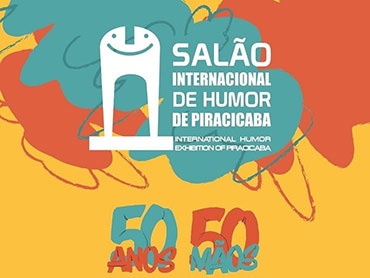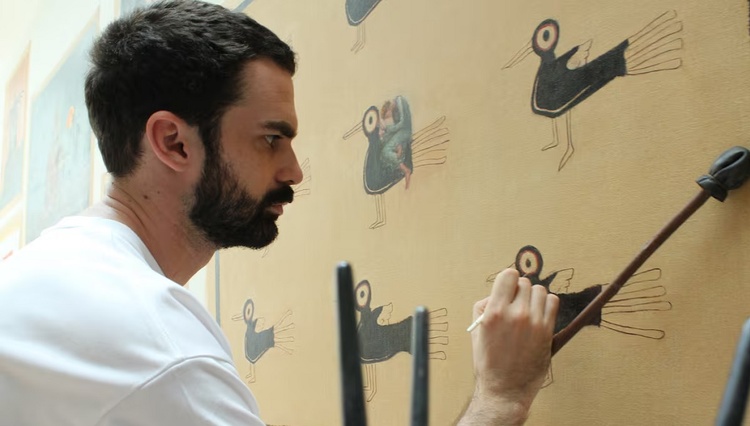
The Exhibition That Reimagines the Past from a Global Perspective
“Piruwmanta Dreams”: The Exhibition That Reimagines the Past from a Global Perspective
Peruvian artist Jose Bazo presents a series of paintings that connect his European academic training with Andean iconography at La Rebelde Librería on July 5.
An oil painting can carry centuries of history if the stroke allows it. Jose Bazo, a Peruvian artist based in London, uses this technique to construct images based on the textiles, ceramics, and pre-Columbian symbols of Peru. The result is neither visual archaeology nor a literal replica, but rather a proposal that translates the ancestral into a contemporary language. This is the premise of Piruwmanta Dreams, his most recent solo exhibition, which opens this July 5 at La Rebelde Librería in Lima.
The exhibition brings together works in which figures such as mythological felines, geometric patterns, and textile structures emerge in complex compositions, crafted with academic rigor. Bazo studied figurative painting in Florence, following a Renaissance-style apprenticeship. This influence is no coincidence: “The Inca Empire and the Italian Renaissance are contemporaries. This isn't often mentioned, but it's a historical coincidence that informs much of my work,” says Bazo.
This intersection of times and languages guides the entire proposal. Each work seeks to generate a dialogue between the past and the present, without idealization or nostalgia. “Our culture is not a relic,” Bazo emphasizes, “it is not frozen in time; it is as alive as the artists who are part of it.” Consequently, this coexistence between the Andean and the classical responds not only to a formal search, but to the intention of activating the ancestral legacy as part of the present and within the flow of contemporary creation. "Diario El Comercio. All rights reserved."
Global Art
The title of the exhibition delves into this intersection: Piruwmanta means “from Peru” in Quechua, while Dreams refers to an everyday term in English. It's a combination that reflects the artist's context—trained in Europe, but marked by his Andean origins—and at the same time questions the labels with which Latin American art is often interpreted outside the continent.
"I want Peruvian culture not only to be observed in museums. It can also be found in contemporary galleries, in dialogue with art from different parts of the world," he argues in this proposal, which reflects his time in London, a city that in recent years has begun to open spaces for contemporary Latin American art. "Diario El Comercio. All rights reserved."
In this environment, his series presents an alternative to exoticism: neither folklore nor showcase object. "Original culture is highly romanticized, but there is also a new artistic vision that is telling other stories that place us as part of the global," Bazo emphasizes. His approach is based on a perspective that doesn't seek to fit into commercial molds, but rather to propose from a place of authenticity.
This reinterpretation also extends to materials. Although the references are Andean ceramics and textiles, the medium remains oil on canvas. Each painting features a visual rhythm constructed from drawing, tonal scale, and composition. Every detail counts when it comes to directing the eye, creating atmosphere, and sustaining his proposal. "Diario El Comercio. All rights reserved."
With Piruwmanta Dreams, Bazo proposes finding ourselves within a whole. An interconnected world that recognizes its particularities not as a barrier, but as a possibility for dialogue. From the La Rebelde bookstore in Barranco, he reminds us that culture is not just ruins, but a material capable of transformation without losing its roots. "Like a torch passed from generation to generation, and each person decides how to carry it," he concludes. "Diario El Comercio. All rights reserved."
Source

- January 07, 2026
Andean Four-Cornered Hats
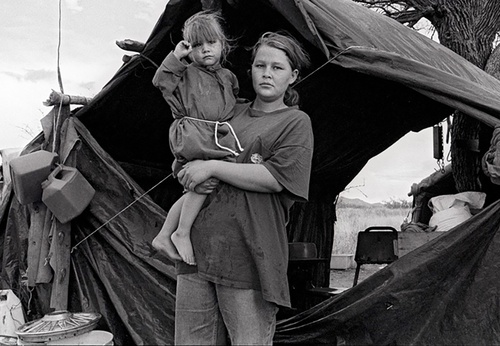
- January 07, 2026
US–Mexico Border | Photography Project by Laura Wilson (USA)
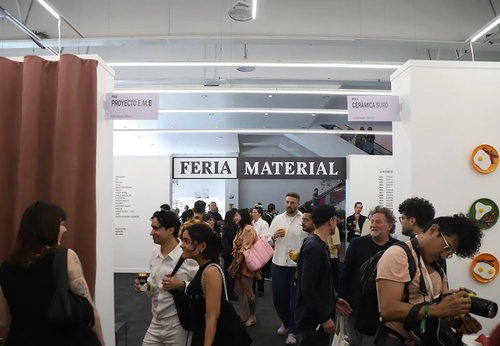
- January 07, 2026
Material Art Fair 2026
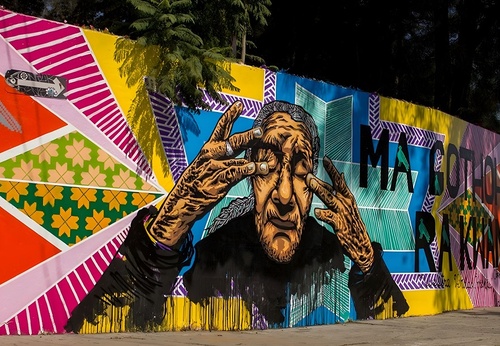
- January 07, 2026
Languages, Aesthetics, and Meaning of Contemporary Urban Art
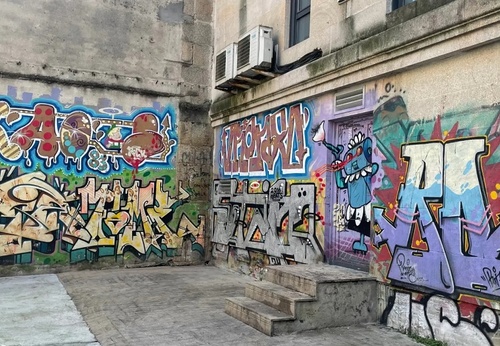
- January 07, 2026
Street Art as a Form of Social and Cultural Expression
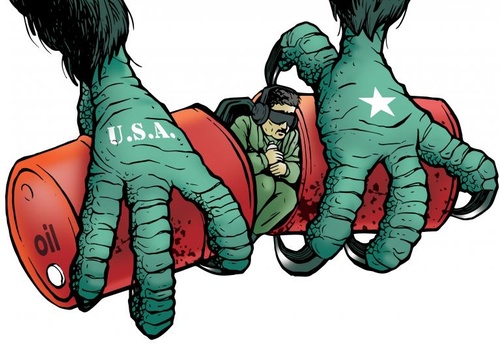
- January 07, 2026
Snatched
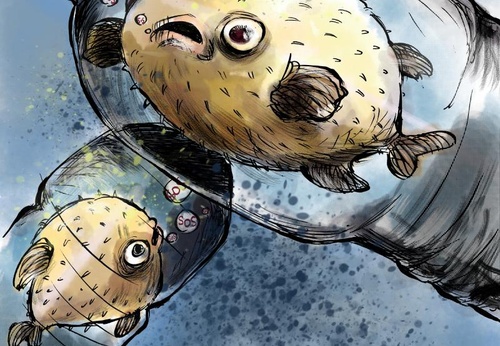
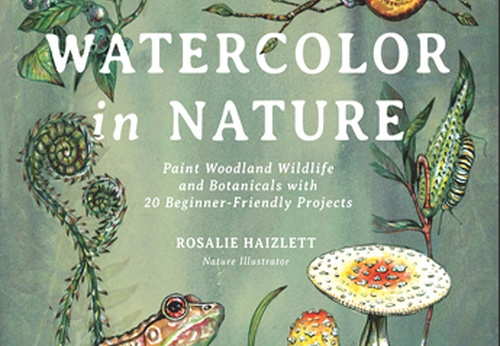
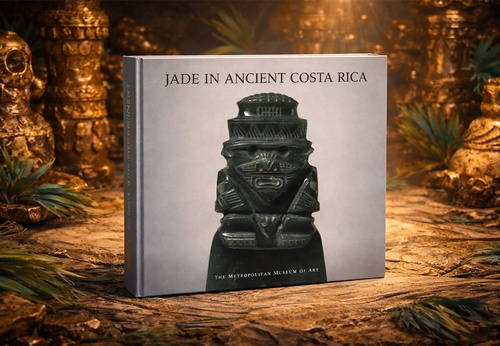
- January 06, 2026
Jade in Ancient Costa Rica

- January 07, 2026
Material Art Fair 2026

- January 05, 2026
The Latin American Pavilion Marks a Mil…

- December 31, 2025
the 10 million-dollar sales of 2025

- December 30, 2025
MALBA Doubles Collection and Reposition…

- December 29, 2025
The FEMSA Collection will celebrate its…

- December 25, 2025
“Ancestral Artist”: A Look at the Craft…

- December 25, 2025
Winner of the 13th Most Important Conte…

- December 25, 2025
Malba Acquires the Daros Latinamerica C…

- December 24, 2025
2026, a Key Year in Cultural Exchange B…

- December 23, 2025
Sacred Art Celebrates Christmas Through…

- December 22, 2025
MACA Inaugurates Exhibitions of Fontana…

- December 20, 2025
Costantini Acquires the Daros Collectio…

- December 17, 2025
ARCOmadrid Announces Participating Gall…

- December 17, 2025
Eduardo Costantini Acquired a Collectio…

- December 15, 2025
From Chile to Gaza: «Palestine Cries,»

- December 15, 2025
Latin American Artists MACLA and Montal…

- December 15, 2025
The Houston Museum That Doubled in Size…

- December 14, 2025
Brazilian Artist's Exhibitions at the V…

- December 13, 2025
Art for Gaza

- December 10, 2025
Pinta Miami 2025 Reaffirms the Strength…

- October 08, 2023
Illustrations reflect the brutal Israel…

- December 25, 2023
The jury statement of the Iran-Brazil F…

- March 21, 2024
The history of art in Palestine

- July 29, 2023
History of Caricature in Brazil

- September 01, 2023
Neural Filters in new photoshop 2023

- April 20, 2024
Poignant Image of Grief Wins Mohammed S…

- May 22, 2025
Brady Izquierdo’s Personal Exhibition O…

- June 29, 2024
Exhibition at Centro MariAntonia contra…

- February 18, 2024
7 Ways to Understand What Visual Arts A…

- October 21, 2023
Erick Meyenberg and Tania Ragasol at th…

- May 15, 2024
Eleven murals for Gaza painted across t…

- March 30, 2024
illustration websites in Latin America

- August 09, 2023
Venezuela mural expresses solidarity wi…

- March 14, 2024
museum of statue of van gogh

- May 25, 2025
Bordalo II to hold exhibition in Paris …

- March 15, 2024
museum of sculpture of Salvador Dali

- May 20, 2024
Latin American Festival of Performing A…

- January 23, 2025
Art Palm Beach 2025

- March 18, 2025
Works by Cuban Artist Eduardo Abela in …

- January 04, 2025
Material Art Fair 2025

- May 15, 2024
Eleven murals for Gaza painted across t…

- February 18, 2024
7 Ways to Understand What Visual Arts A…

- January 02, 2025
13 commemorations that will mark the cu…

- October 17, 2023
The influence of Latin American artists…

- February 03, 2024
THE HISTORY OF NAIF ART

- July 02, 2024
One of the largest urban art galleries …

- November 17, 2023
Fernando Botero's work is booming after…

- October 08, 2023
Illustrations reflect the brutal Israel…

- July 29, 2023
Piracicaba International Humor Exhibiti…

- December 25, 2023
The jury statement of the Iran-Brazil F…

- November 06, 2023
Heba Zagout: Palestinian artist murdere…

- December 10, 2023
Sliman Mansour and Palestinian art on t…

- March 14, 2024
museum of statue of van gogh

- February 01, 2025
A maior exposição de Botero em Barcelona

- March 21, 2024
The history of art in Palestine

- July 20, 2024
First International Mail Art Biennial 2…

- April 20, 2024
Poignant Image of Grief Wins Mohammed S…

- October 30, 2023
Palestinian turns images of the Gaza co…

- September 01, 2023
Neural Filters in new photoshop 2023

- February 08, 2024

